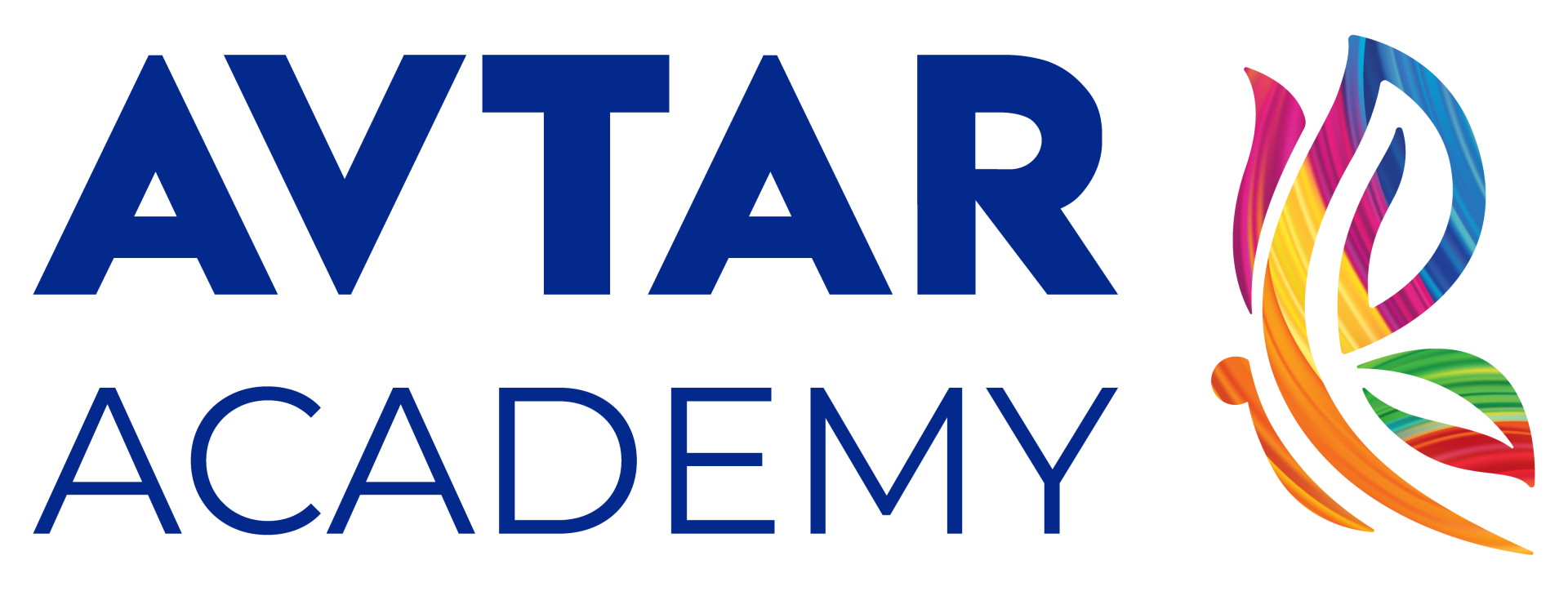Inclusion is vital in the workplace, as it drives excellence and innovation and leads to the organization’s growth and success.
Diversity, Equity, and Inclusion are more than just a C-suite conversation. More and more leaders are role-modelling in driving the DEI agenda, as there is widespread understanding that merely creating a diverse workforce does not automatically result in inclusion. Leaders are beginning to understand the value of inclusion in the workplace as it enables them to fully benefit from having a diverse workforce.
But concrete steps need to be taken to achieve inclusion, and the action needs to begin at the highest level. It is critical to focus on building leadership competencies and improving people management at the individual, team, and organizational levels. Various top leaders such as Satya Nadella, CEO of Microsoft, and Tim Cook, CEO of Apple, are showing great commitment to inclusion. Both these leaders have implemented several policies to promote inclusion in their organizations. For example, Nadela has been instrumental in introducing a new hiring programme that focuses on neurodivergent talent. And Cook has been an outspoken advocate for the LGBTQ community.
While the leaders need to play an important role for a successful DEI journey for an organization, there are other critical measures that need to be undertaken too.
• Conduct Diversity, Equity, and Inclusion policies orientation during the induction process for new hires.
• Conduct regular sensitization sessions/workshops on non-conscious biases and inclusive language.
• Offer equal opportunities for career development programs to employees.
• Ensure every employee feels safe through the workplace safety code of conduct.
• Invest in building a sense of belonging and psychological safety in employees towards the organization.
• Communicate the organization’s DEI goals to all employees.
• Conduct workplace climate surveys – an avenue to identify the key challenges facing different groups of people in the workplace.
• Train managers to understand and practice diversity hiring and support marginalized workers.
• Create opportunities for employees to voice their opinion or concerns during townhall sessions and team meetings, and value employees’ diverse thoughts and uniqueness.
• Encourage flexible work options that cater to the aspirations of diverse talent, including parents and the millennial population.
• Secure leadership commitment and accountability to drive DEI goals in the organization.
The measures listed above are an integral part of the inclusion programme of all companies that feature on the MICI. MICI or the Most Inclusive Companies Index is a unique and comprehensive benchmarking study conducted by Avtar, in partnership with Seramount. The study recognizes companies for their exceptional inclusive practices. Here are some data points that showcase the most impactful policies and practices that have been adopted by the companies on the Index:
• Achieving diversity is one of the foremost goals of these companies. 100% of the MICI companies focus on gender diversity, while 95% and 90% focus on PwD (Person with Disability) and LGBTQ diversity, respectively.
• 98% of the companies train their hiring managers to be culturally competent and sensitive.
• 85% of the companies on the index require their interview panels to be diverse.
• In 98% of the companies, managers are held accountable for DEI during their performance review process.
• 95% of the companies have a structured DEI council to implement their DEI agenda.
• 100% of the companies on the MICI ensure that all policy documents, internal communications, and external communications including press releases, job descriptions and social media posts use unbiased, neutral language.
• 82.5% of the companies on the MICI have LGBTQ networks for their employees.
• 95% of companies on the index conduct infrastructural audit of offices and facilities to ensure inclusion, specifically of PwD employees.
It is important to regularly evaluate and identify the gaps in the effective implementation of inclusive policies and take adequate measures to build a truly inclusive organization. An organization that is keen on promoting inclusion must ensure that every employee has equal access to opportunities, resources, and rewards irrespective of their background.
While it is primarily the responsibility of organizational leaders, team managers, and HR managers to create a culture of inclusion in the workplace, employees at all levels have a role to play too. As an employee, try to take the time to get to know your colleagues, speak up against exclusionary behaviour, actively participate in D and I initiatives, be an ally to your marginalized colleagues, make sure your colleagues feel comfortable in the workplace, and respect and welcome differences.
By working together to foster inclusivity in the workplace, we can all experience the positive effects of inclusion.


